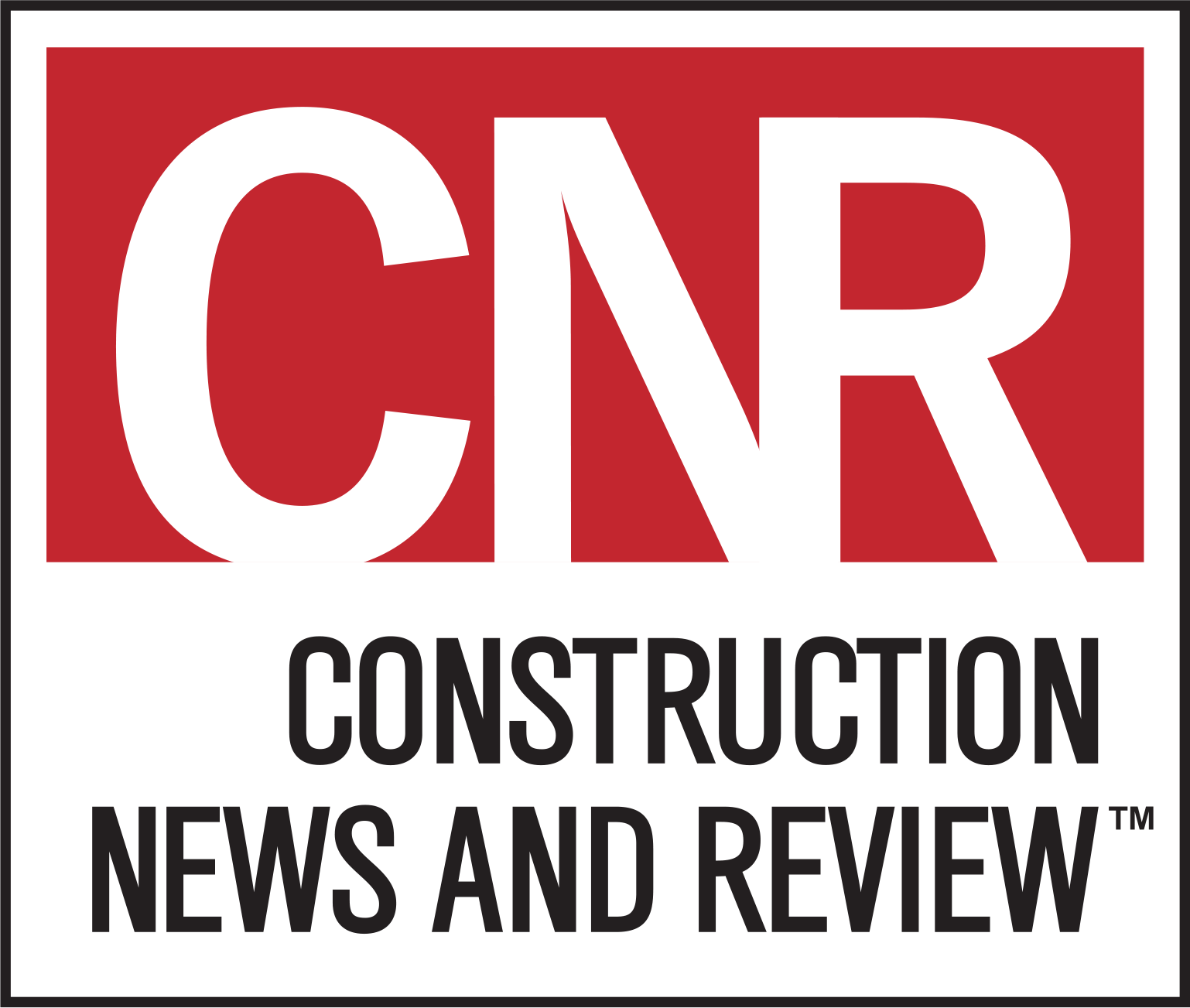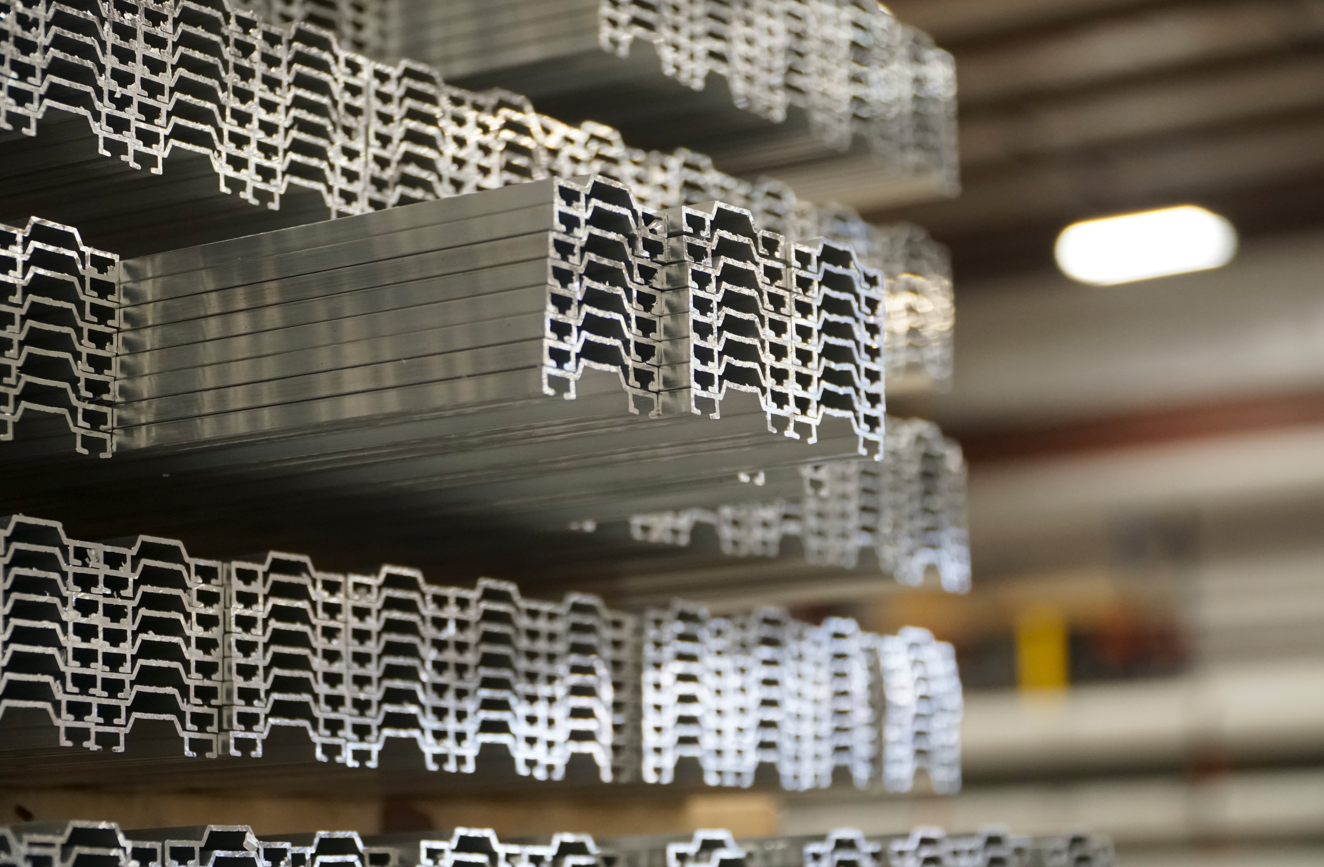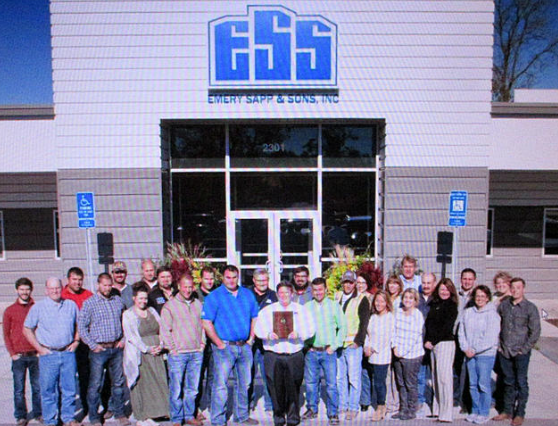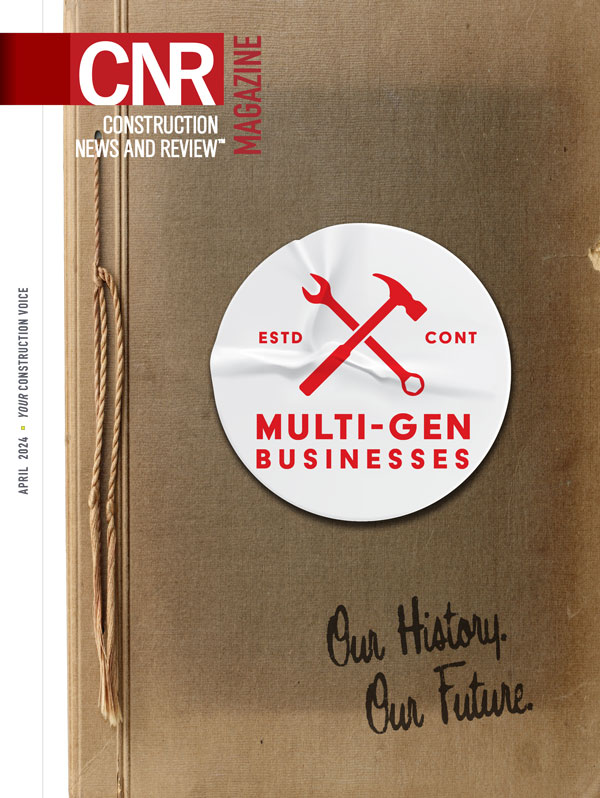Geopolitical Impacts on U.S. Construction Projects
Photo Courtesy of Aluminum Extruders Council
By BARBARA HORWITZ-BENNETT
While the U.S. construction market always interfaces with some level of international instability and conflict, at the moment, geopolitical tensions are heating up.
The war on Ukraine, the Israel-Hamas conflict, Houthi attacks on shipping vessels in the Red Sea, U.S. retaliatory strikes on Iranian proxies and chilly relations with China are all fueling economic concerns.
More directly impacting the supply chain, tariffs on imported materials from Russia continue, bans on come semiconductor chips from China are in place and unfairly traded imports of aluminum extrusions are a concern.
To what extent will all these moving parts potentially impact construction projects in 2024?
In the London-based global risk and insurance company WTS’ Construction Supply Chain Risk Report 2023 report, 57 percent of surveyed risk and supply chain leaders rated geopolitical risk as a medium concern with 30% describing these risks as high.
Evaluating U.S. Risk
Meanwhile in the U.S., there are also apprehension.
“Any widening of conflicts in eastern Europe or the Middle East, let alone new conflicts farther east or in the Pacific, could set off a new round of inflation and supply disruptions,” warns Associated General Contractors of America Chief Economist Ken Simonson, Washington, D.C. “Even without such an expansion, contractors should expect an end to the cooling of materials costs that occurred since mid-2022.”
Simonson anticipates that material costs could rise 4 to 6 percent this year, with possible steeper increases for concrete products and some electrical equipment such as switchgear and transformers.
Regarding the war on Ukraine, Jeff Henry, executive director, Metal Construction Association, Chicago, says the conflict has impacted the availability of pig iron and quality scrap.
“With growing capacity and more producers converting to electric arc furnaces, demand for high quality scrap will continue to grow and its availability could be cause for concern,” he says.
He also notes that decarbonization taxes on materials are another factor to watch. While domestically-produced steel is very green, decarbonization taxes on “dirty steel” from some overseas sources will put downward pressure on availability.
Extruded Aluminum and Semiconductors
Yet another geopolitical/trade challenge to track is aluminum extrusions. For one, the U.S. issued a 200 percent tariff on all Russian-made aluminum last year. And secondly, the industry is battling unfairly traded imports of aluminum extrusions from 14 countries led by China.
According to Jason Weber, vice president of operations and government affairs with the Wauconda, Ill.-based Aluminum Extruders Council, “American manufacturing is being hurt by foreign-produced and imported extruded aluminum products, especially from China, that are priced artificially low. Many U.S. firms already have lost sales and shed jobs as a result. Thousands of additional jobs are at risk unless fair trade is enforced with the imposition of countervailing duties by the U.S. government.”
Advocating for U.S. interests, a group of U.S. aluminum extruders and the United Steelworkers Union have brought a case before the International Trade Commission seeking help from the U.S. government.
Regarding semiconductors—a critical component of building automation and controls systems— to reduce reliance on the Far East, the U.S. enacted the CHIPS and Science Act last year. $39 billion in direct incentives and an advanced manufacturing tax credit were allocated for U.S. semiconductor projects and $13 billion was made available for funding the advancement of semiconductor research and development.
While Simonson anticipates that U.S. semiconductor manufacturing capacity will increase in the next few years, he cautions that shortages of particular types of chips may still be an issue from time to time.
Mitigating Risk
Taken together, there are a number of things contractors can do to mitigate geopolitical risk.
Henry advises diversifying one’s supply chain, establishing relationships with multiple providers and sourcing domestic providers, when possible.
Similarly, Simonson advises remaining in close contact with different suppliers, and not just importers, but any company that depends on inputs from foreign sources.
“If possible, contractors should seek alternative sources of goods or be prepared to juggle construction schedules to mitigate the disruption from delayed deliveries,” he adds.
Texas A&M University’s new Southside Rec Center features boxed ribbed metal panels, perforated metal scrim and single-skin metal panels. Wayne Griffith/Metal Construction Association
Fresh Content
Direct to Your Inbox

YOUR CONSTRUCTION VOICE IN ST. LOUIS AND BEYOND
Join CNR Magazine today as a Content Partner
As a CNR Content Partner, CNR Magazine promises to support you as you build, design and engineer projects not only in and around St. Louis, but also across the U.S. CNR is equipped and ready to deliver a dynamic digital experience paired with the top-notch, robust print coverage for which you’ve always known and respected the magazine.






